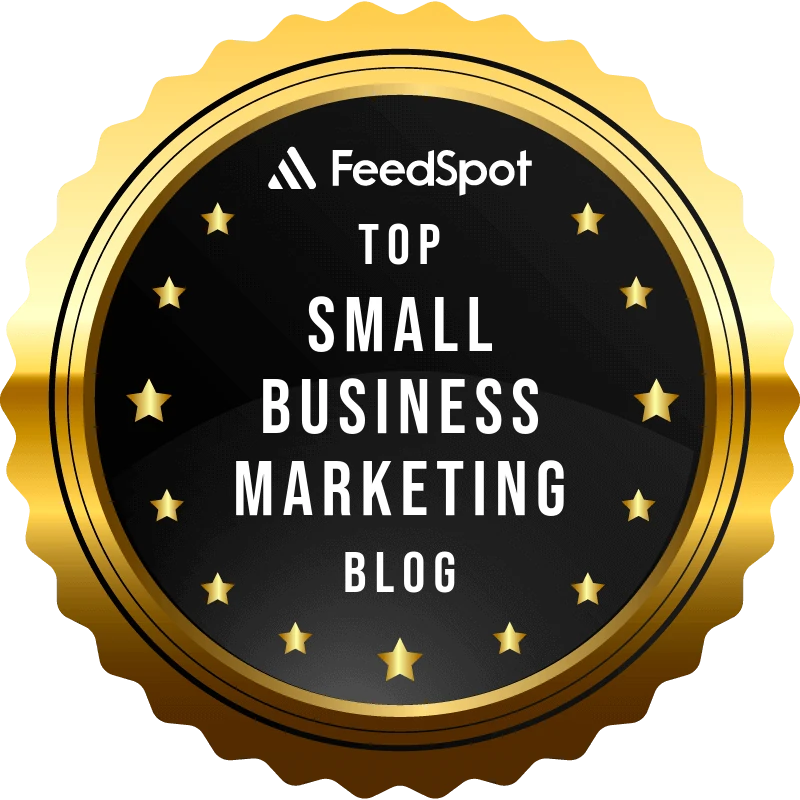How To Effectively Communicate During the COVID-19 Crisis – Tips For Small Businesses
Posted in Communication
With the new reality of social distancing and isolation comes the challenge for small business owners wondering how to use your digital platforms to effectively communicate with your customers and clients. The last few weeks have been a challenging time for all small businesses – this is certainly the biggest challenge we’ve ever faced at […]
Brilliant Summer Reads for Entrepreneurs
Posted in FunMarketingSmall Business
Summer’s in full swing, and it’s the perfect time to get caught up on a little business reading. Are you looking for entrepreneurial inspiration and not sure what to read next? We reached out to our influential colleagues to find out about the business books they are enjoying this summer. Read on to be inspired […]
Do You Track These Digital Marketing Metrics?
Posted in InfographicsUncategorised
Source: Digital Marketing Metrics You’ve Never Heard Of by Campaign Monitor
Being Virtual: Top Virtual Business Tools We Can’t Live Without
Posted in Online MarketingSmall Business
Since its inception in 2002, Out-Smarts has been a virtual organisation. We had a brief flirtation with bricks and mortar a few years ago but it wasn’t a good fit. A virtual organization is an organization involving detached and disseminated entities (from employees to entire enterprises) and requiring information technology to support their work and […]
Top 10 Tips to Quickly Build Your Instagram Following
Posted in HashtagInstagramMobile MarketingOnline MarketingSocial Media Marketing
This article was updated in March 2024. In ever evolving world of social media, Instagram still stands out as one of the main platforms for organisations to build their brand, to connect with their audience, foster engagement, and ultimately, drive growth. Instagram remains a great place for businesses to showcase their personality, values, and offerings […]
Website Not Secure – Here’s What You Need To Do
Imagine if people trying to visit your website got an alert saying that your website is not secure. Do you think it would deter them? Hell, yes it would! That’s what’s going to start happening in July on websites that have HTTP when people visit using the latest version of Chrome browser (Chrome 68) visit. […]
Mastering Social Media to Grow Your Small Business at Small Business BC June 2018
Posted in Out-Smarts NewsSeminars and WorkshopsSmall Business | Tagged Mhairi Petrovicout-smarts marketingSmall Business BCsocial media and online marketing tacticsocial media for small business
Join Mhairi at Small Business BC or from the comfort of your office and learn about the basics of social media as we share our tips and tactics for success. Seminar Date Thursday, June 28th, 2018 – 1:00pm to 4.30pm Mastering Social Media to Grow Your Small Business Just because you know what social media […]





